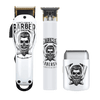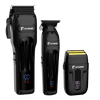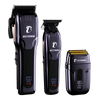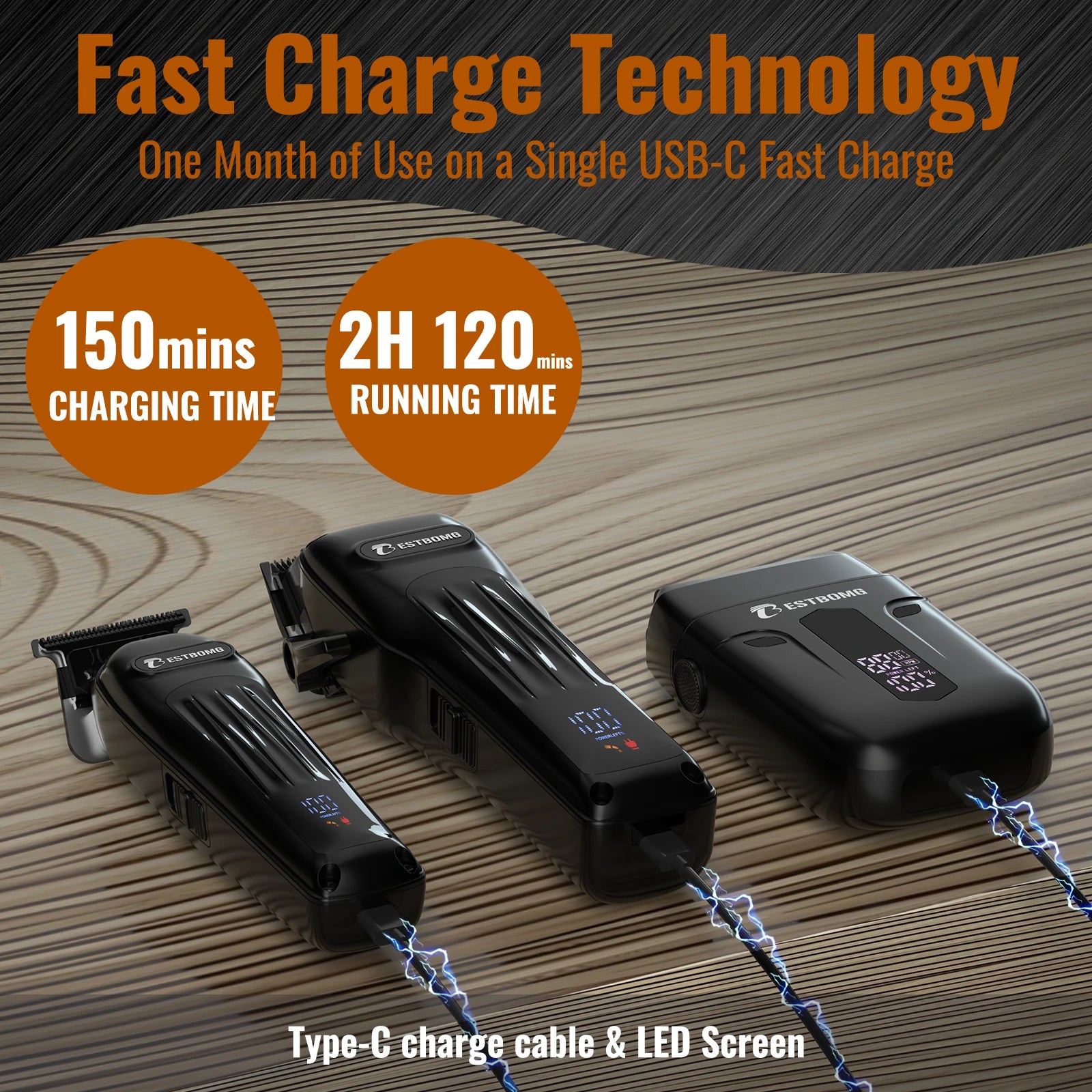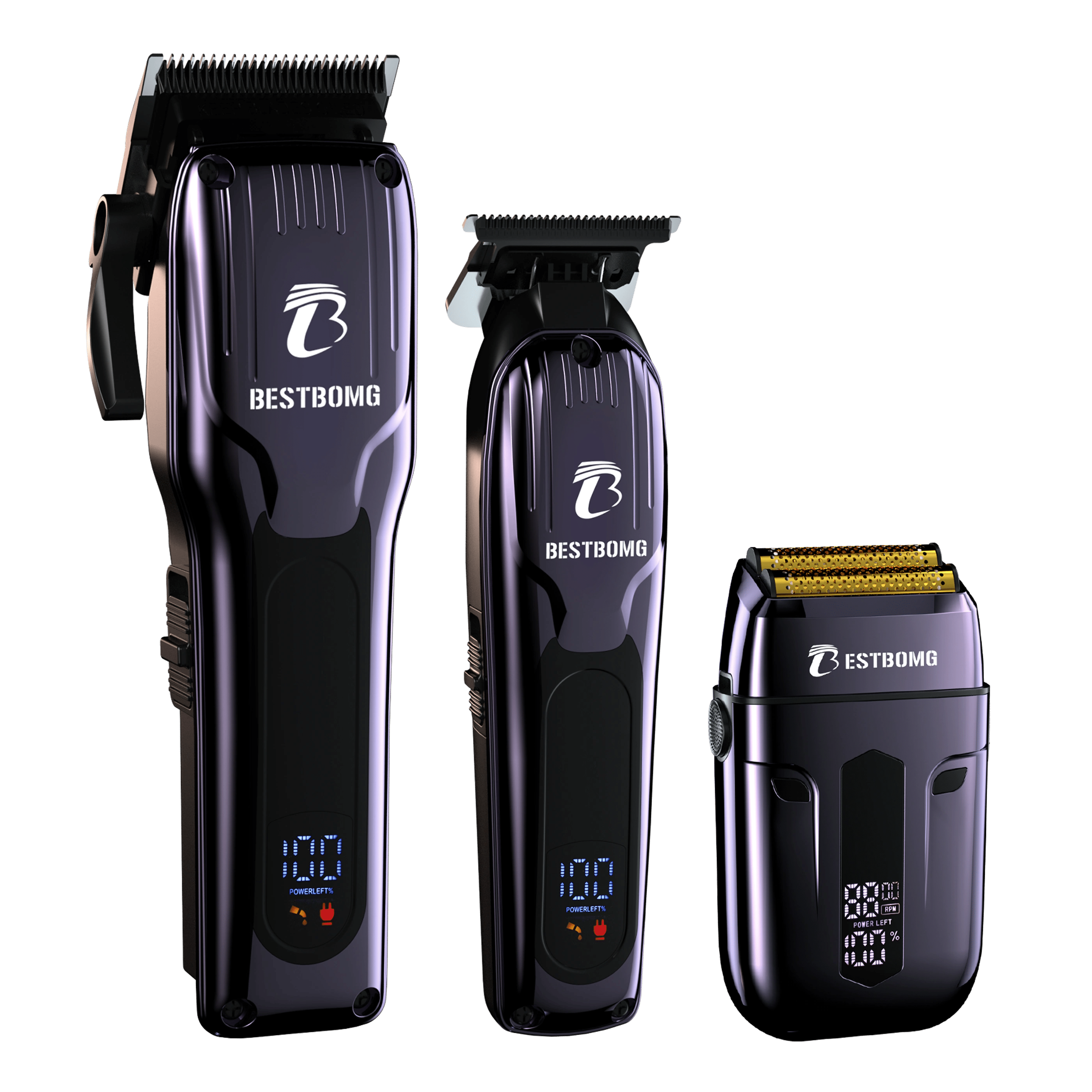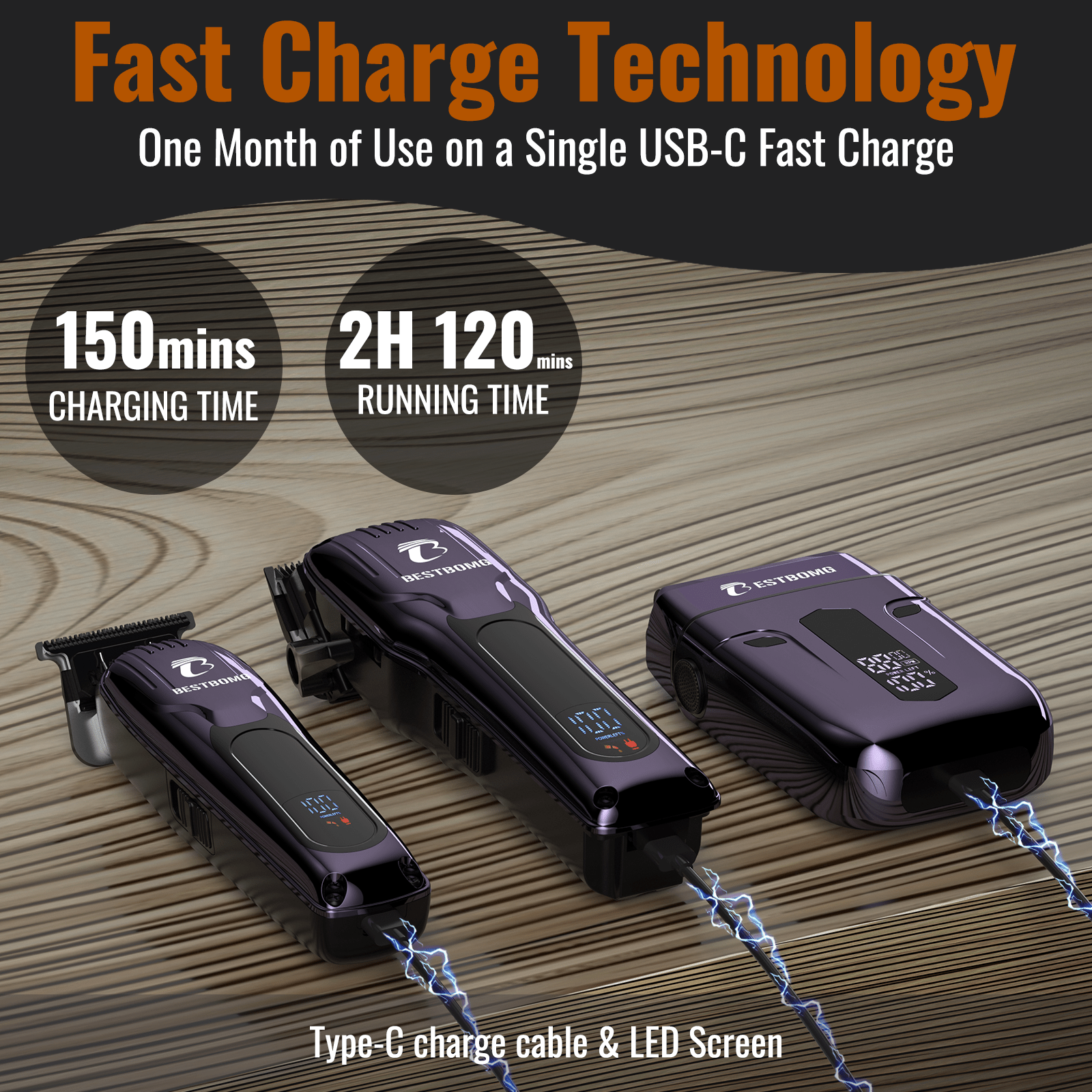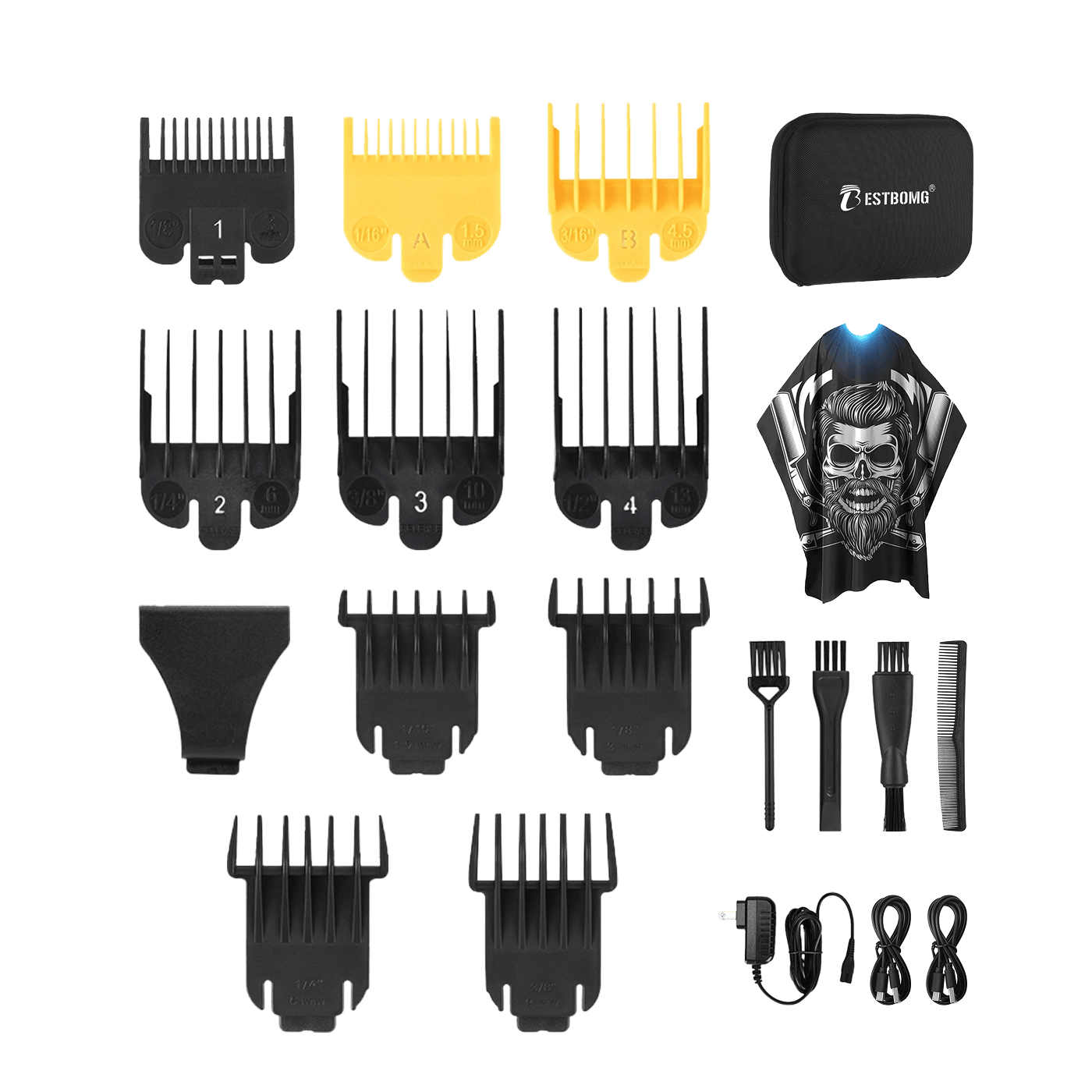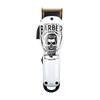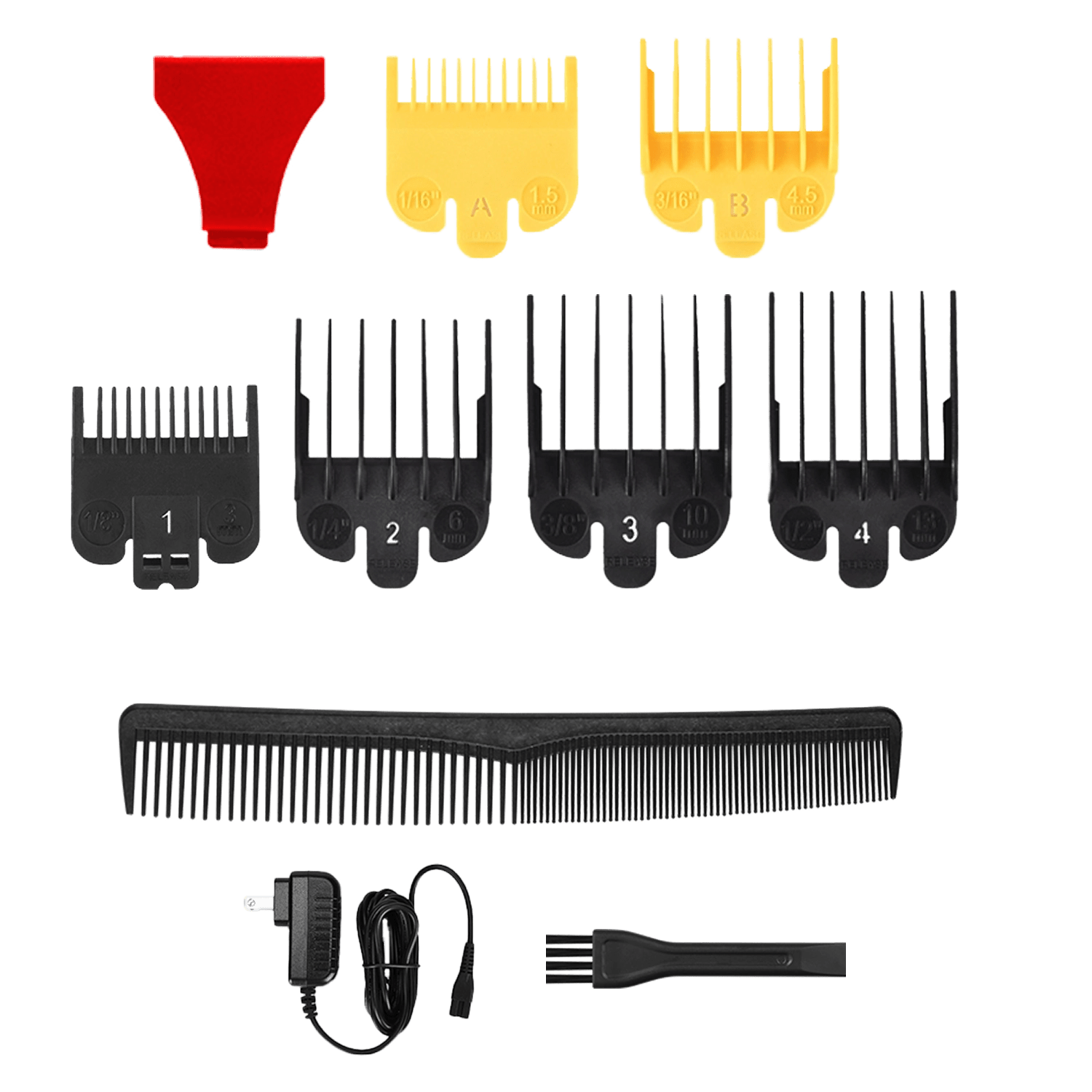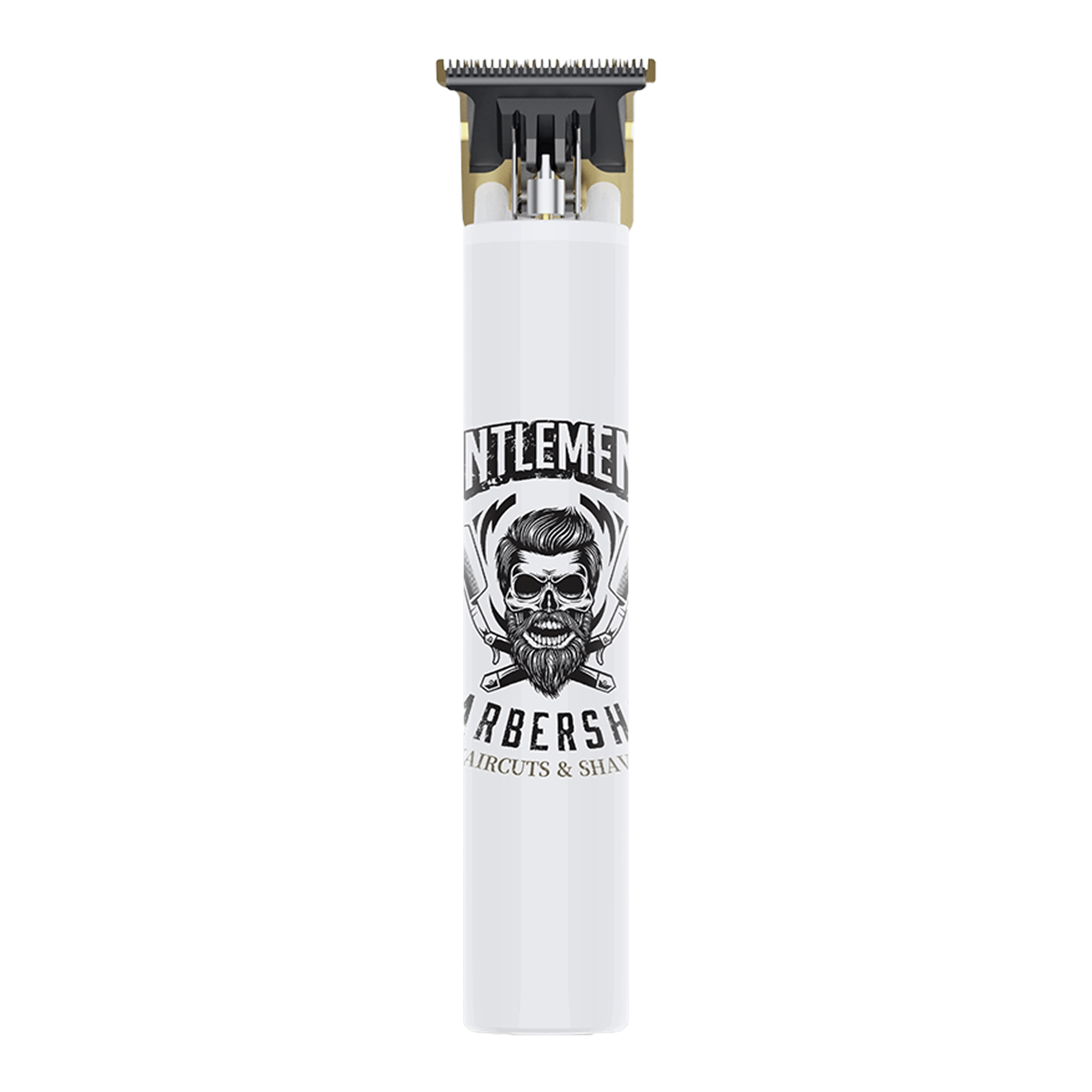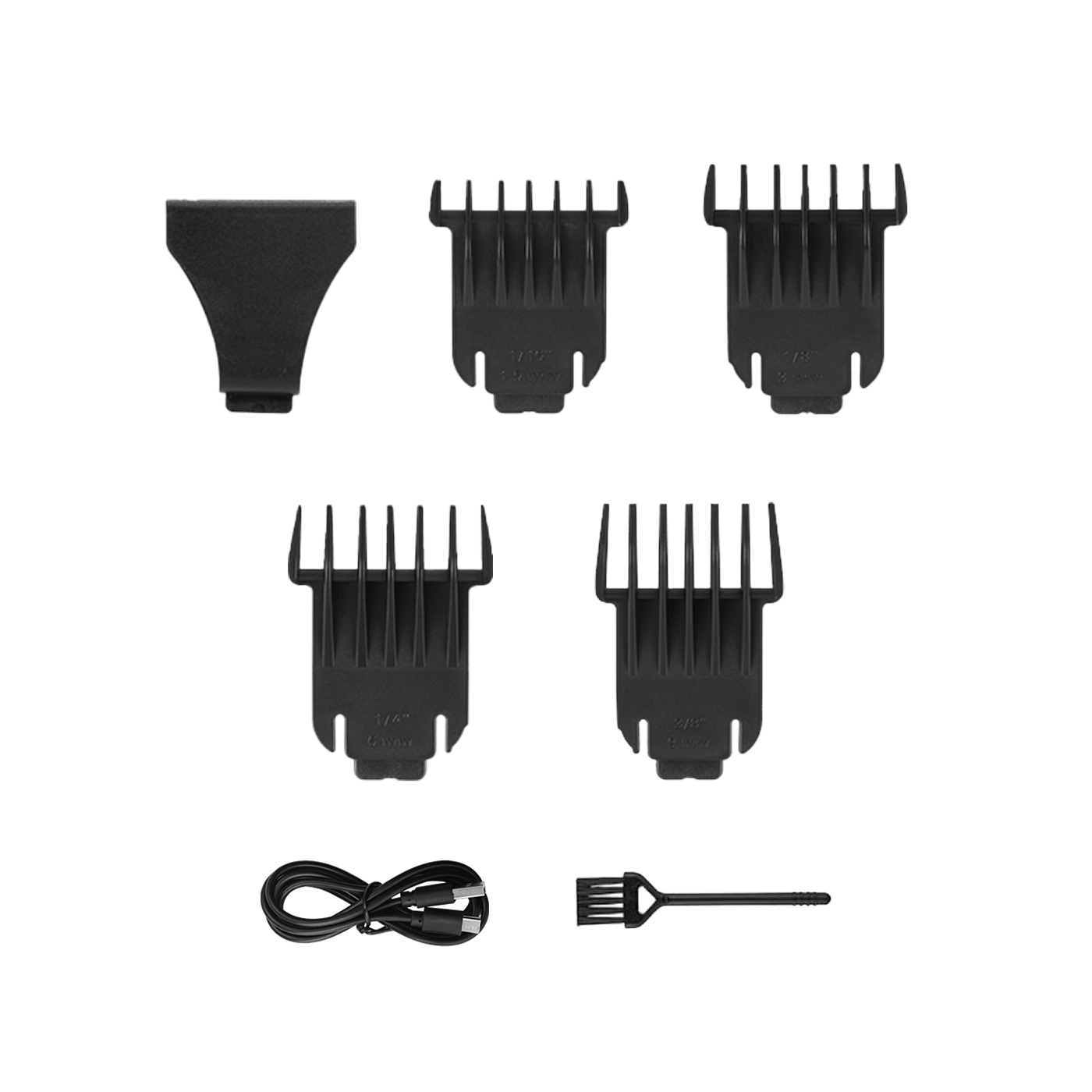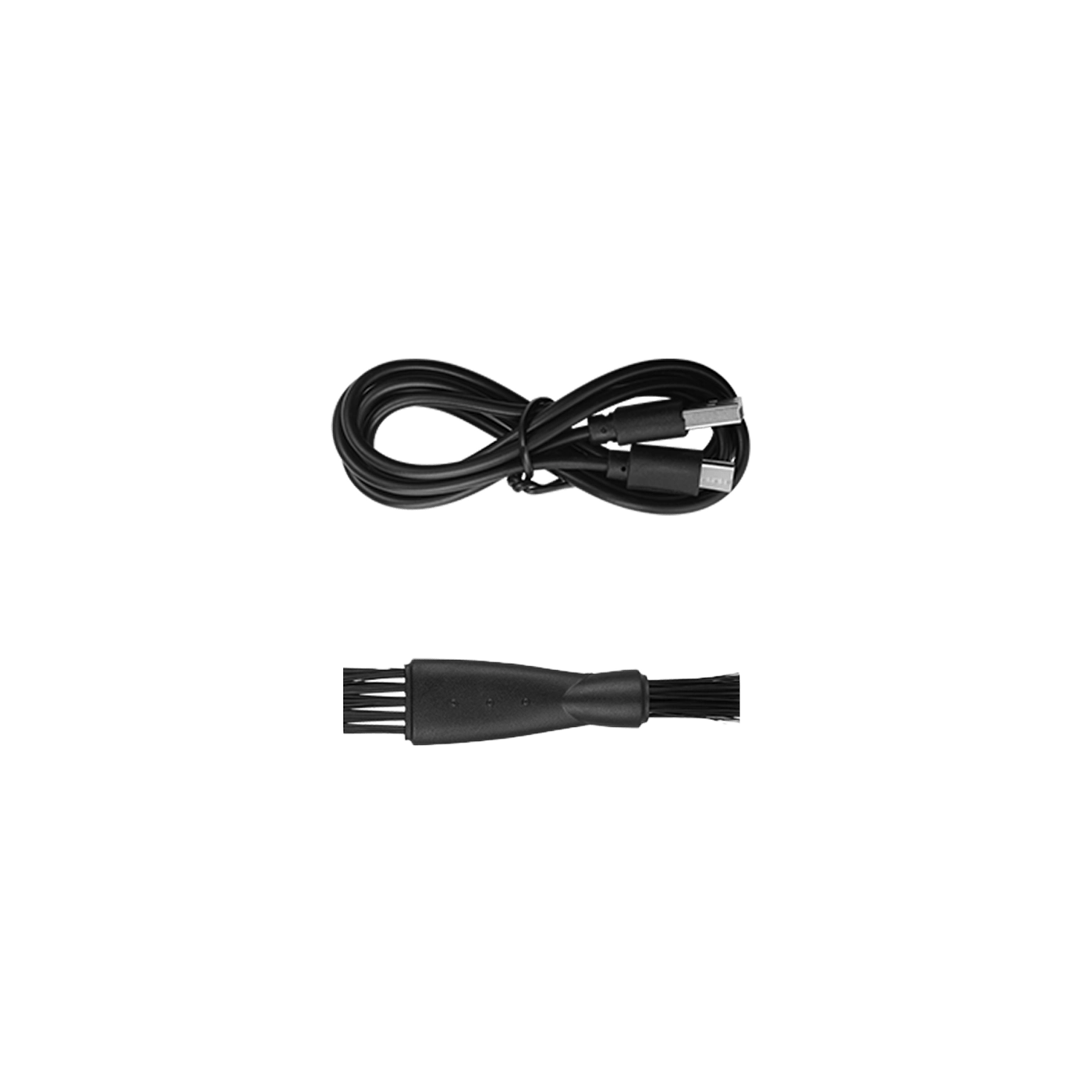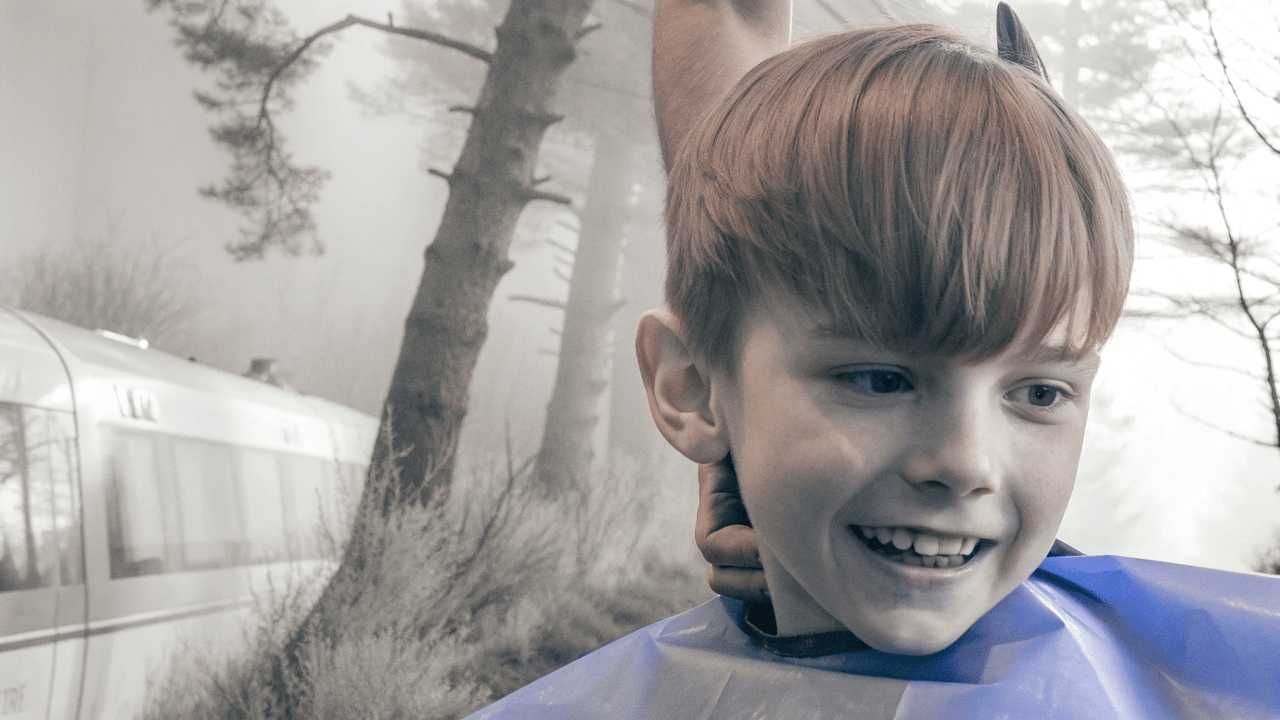Haircuts can be challenging for children or adults with autism due to sensitivity to sound and touch. Silent hair clippers for autism offer a solution, making grooming a more comfortable, stress-free experience. In this guide, you’ll learn about the best tools, techniques, and tips to make haircuts easier at home or in a salon setting.
Why Noise Matters for Autism
Many individuals with autism are highly sensitive to sound. Loud clippers can trigger anxiety, meltdowns, or discomfort. Silent or ultra-quiet hair clippers reduce auditory stress, helping your child or loved one feel safe during grooming.
Preparing the Individual Before the Haircut
Proper preparation can significantly reduce anxiety during a haircut:
- Introduce the clippers gradually: Let the individual hold and explore the silent clippers while they’re off.
- Demonstrate the process: Show a short video or perform a mock haircut on a doll.
- Use familiar routines: Establish a predictable sequence, like washing hands first or sitting in a favorite chair.
- Set expectations: Explain each step calmly and positively, using simple language or visual cues
Step-by-Step Calm Haircut Process
Follow these steps for a smooth, stress-free haircut:
- Start with clean, detangled hair.
- Use the longest guard initially to reduce pressure and stress.
- Clip hair in small, slow strokes, working with the natural hair growth.
- Take frequent breaks if the individual becomes anxious.
- Praise and reward progress to create a positive association with haircuts.
Incorporating Sensory Supports

For individuals with heightened sensory sensitivities, additional supports can help:
- Weighted blankets or lap pads: Provide a sense of comfort and security.
- Soft brushes or towels: Simulate touch before using clippers to acclimate the scalp.
- Ear defenders or headphones: Further reduce residual noise, even with quiet clippers.
- Visual aids: Picture cards or step-by-step instructions can guide understanding and cooperation.
Long-Term Strategies for Positive Haircut Experiences
Building a consistent, supportive routine ensures long-term comfort:
- Schedule haircuts at consistent times to create familiarity.
- Gradually increase session length as comfort improves.
- Keep clippers well-maintained to avoid unexpected noises or pulling.
- Allow self-expression by letting the individual choose hairstyle options when possible.
Features to Look for in Silent Hair Clippers
When choosing silent hair clippers for autism, consider:
- Noise level (measured in decibels)
- Smooth, vibration-free operation
- Rounded or safe blade tips
- Easy-to-clean, hypoallergenic materials
- Cordless vs corded options
Benefits of Silent Hair Clippers
Using quiet clippers offers multiple advantages:
- Less stress for children and adults with sensory sensitivities
- Safer at-home haircuts without professional anxiety
- Greater independence in grooming routines
- Easier introduction to haircuts for first-time or anxious individuals
Choosing the Best Silent Hair Clippers

Selecting the right clippers ensures comfort and efficiency:
- Low-noise motors: Look for clippers under 60 dB to minimize auditory stress.
- Smooth, vibration-free blades: Reduces discomfort on sensitive scalps.
- Cordless options: Allow flexible movement and less restriction.
- Multiple guard lengths: Enables gradual trimming and precision.
At-Home Maintenance for Silent Clippers
Proper maintenance keeps clippers safe and quiet:
- Clean blades after every use: Remove hair debris with the included brush.
- Oil blades regularly: Prevents friction and maintains smooth operation.
- Check for worn parts: Replace guards or blades if they cause pulling.
-
Store safely: Keep clippers in a dry, secure place to avoid damage.
Well-maintained clippers ensure consistent, stress-free haircuts.
Building a Positive Haircut Routine
Consistency and routine help reduce anxiety over time:
- Short, frequent sessions: Gradually increase duration as comfort improves.
- Use familiar environments: A quiet, well-lit space with minimal distractions works best.
- Reinforce cooperation: Praise, treats, or small rewards encourage positive associations.
- Visual supports: Step-by-step cards or simple verbal cues guide the individual.
How Silent Clippers Differ from Regular Clippers
Regular clippers often produce 70–90 decibels, while silent hair clippers for autism usually operate around 50–60 decibels. They also minimize vibration, which can be uncomfortable for sensitive scalps.
Best Practices for Cutting Hair at Home

- Prepare the area with familiar objects or calming music
- Let the child explore the clippers before turning them on
- Use slow, short strokes to avoid overwhelming sensations
- Offer breaks and reassurance during the haircut
Recommended Silent Hair Clippers
Some popular options for autism-friendly haircuts include:
- BS-808A Hair Clippers Kit – low noise, multiple guards
- Y4 Hair Clippers – cordless, smooth blade performance
- Basic silent trimmers suitable for sensitive scalps
Choosing the Right Blade Length
- Start with a longer guard to reduce stress
- Gradually shorten for trims
- Keep the haircut simple and consistent
Pre-Cut Preparation Tips
- Comb hair gently to remove tangles
- Explain the steps to the individual
- Let them watch a video or demonstration for familiarity
Techniques for a Calm Experience

- Hold the clippers steadily and avoid sudden movements
- Use positive reinforcement after small steps
- Consider using a mirror or gentle distraction, like storytelling
Incorporating Sensory Tools
- Weighted blankets or lap pads for comfort
- Soft brushes or towels to simulate touch before the haircut
- Ear defenders if noise is still slightly irritating
Cleaning and Maintenance for Safety
- Always clean blades after each use
- Lubricate with clipper oil to maintain smooth operation
- Replace worn parts to avoid pulling or snagging hair
Comparison: Silent Clippers vs Standard Clippers
|
Feature |
Silent Clippers |
Standard Clippers |
|
Noise Level |
50–60 dB |
70–90 dB |
|
Vibration |
Minimal |
High |
|
Anxiety Risk |
Low |
Moderate–High |
|
Best For |
Sensitive scalps, autism |
General haircuts |
Using Silent Clippers in Salons
- Some salons offer autism-friendly appointments
- Call ahead to request quiet tools or a private room
- Combine with familiar routines for comfort
Training Caregivers for At-Home Cuts

- Demonstrate clipper handling before the first use
- Emphasize patience and consistent routines
- Keep sessions short and positive
Safety Precautions
- Always supervise haircuts for safety
- Avoid running clippers over broken skin
- Keep small parts away from children
- Use clippers with rounded tips for minimal risk
Introducing Gradual Haircut Sessions
For children or adults with autism, gradual exposure can reduce anxiety:
- Start with short sessions of 5–10 minutes
- Allow familiarization with clippers before cutting
- Gradually increase time as comfort improves
Haircut Environment Setup
Creating a calm environment is essential:
- Choose a quiet, well-lit space
- Minimize distractions like TV or loud appliances
- Use a comfortable chair or booster seat
- Consider playing soft, familiar music
Visual Supports and Communication
Using visual aids can help individuals understand the process:
- Step-by-step picture cards of haircut
- Videos demonstrating clipper use
- Simple verbal cues to explain what will happen next
Dealing with Hair Sensitivity
Many autistic individuals are tactile sensitive, making haircuts tricky:
- Brush hair gently before clipping
- Avoid pulling or sudden movements
- Use soft cloths to wipe hair away gradually
Choosing Between Corded and Cordless Clippers
- Cordless clippers: More flexible, less restricted, often quieter
- Corded clippers: Continuous power, slightly louder but reliable
- Silent clippers often come in cordless options for comfort
Post-Haircut Comfort Strategies

- Offer a favorite toy or snack after the haircut
- Praise and positive reinforcement for cooperation
- Allow time to readjust to normal routines
Frequently Asked Questions
What makes hair clippers “silent” for autism?
Silent clippers use quieter motors and vibration-reducing technology, operating at lower decibels to reduce sensory discomfort.
Can I use regular clippers if I don’t have silent ones?
Regular clippers can be used carefully, but they may cause stress due to noise. It’s recommended to use silent clippers whenever possible for sensitive individuals.
Are silent clippers suitable for adults with autism?
Yes, adults with sensory sensitivities can also benefit from quieter, vibration-free clippers.
How often should I clean silent clippers?
Clean after every haircut, lubricate the blades, and check for wear to maintain safety and performance.
Conclusion
Silent hair clippers for autism make grooming a more comfortable, stress-free experience. Whether at home or in a salon, choosing the right tools, preparing in advance, and using calming techniques can transform haircuts into a positive routine. Explore hair cutting kits and hair clippers for options designed with comfort and precision in mind.
Read more
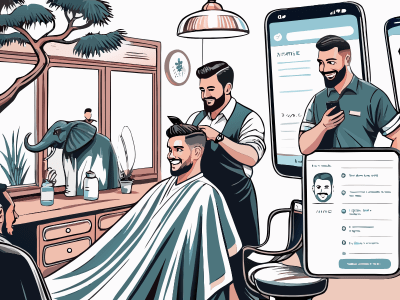
AI Barber: The Future of Haircuts and Grooming
The barbering industry is entering a high-tech era with AI barber systems revolutionizing how people get their haircuts. From precision trimming to customized styles, AI-driven tools are changing t...
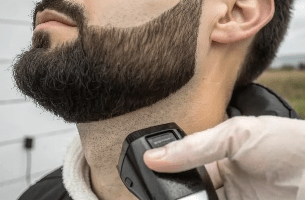
Foil Shaver Results: Achieve a Smooth Shave Every Time
Shaving with a foil shaver can transform your grooming routine, giving you a clean, close shave in less time. Whether you’re considering the best foil shaver for your face or learning what a foil s...

